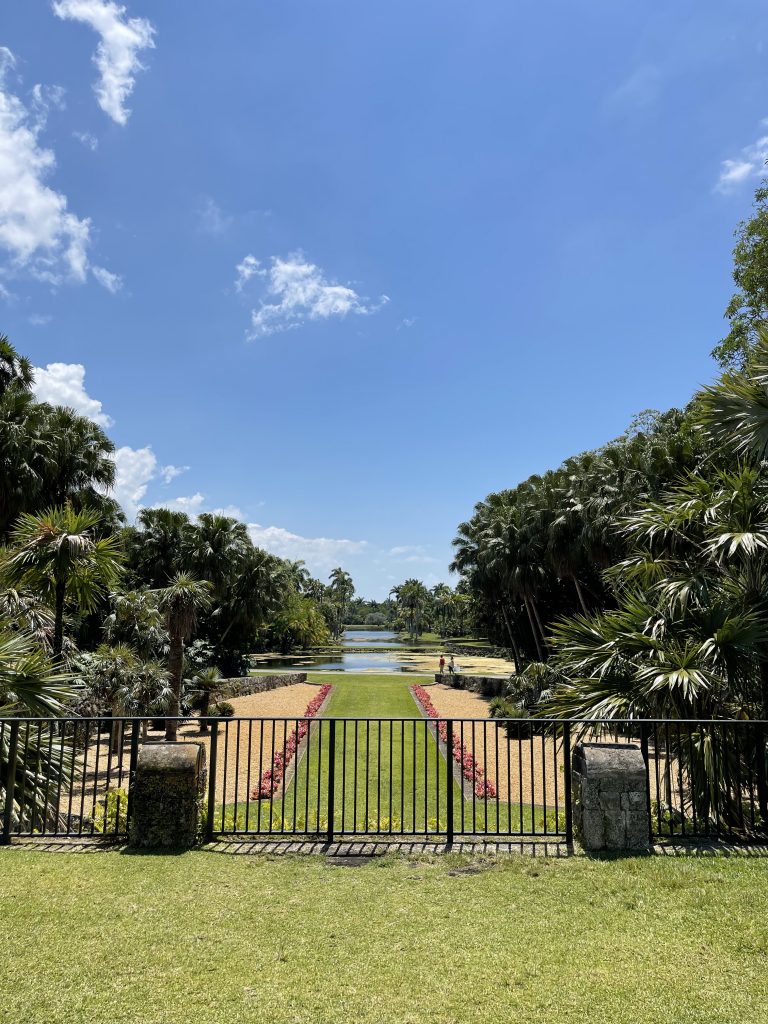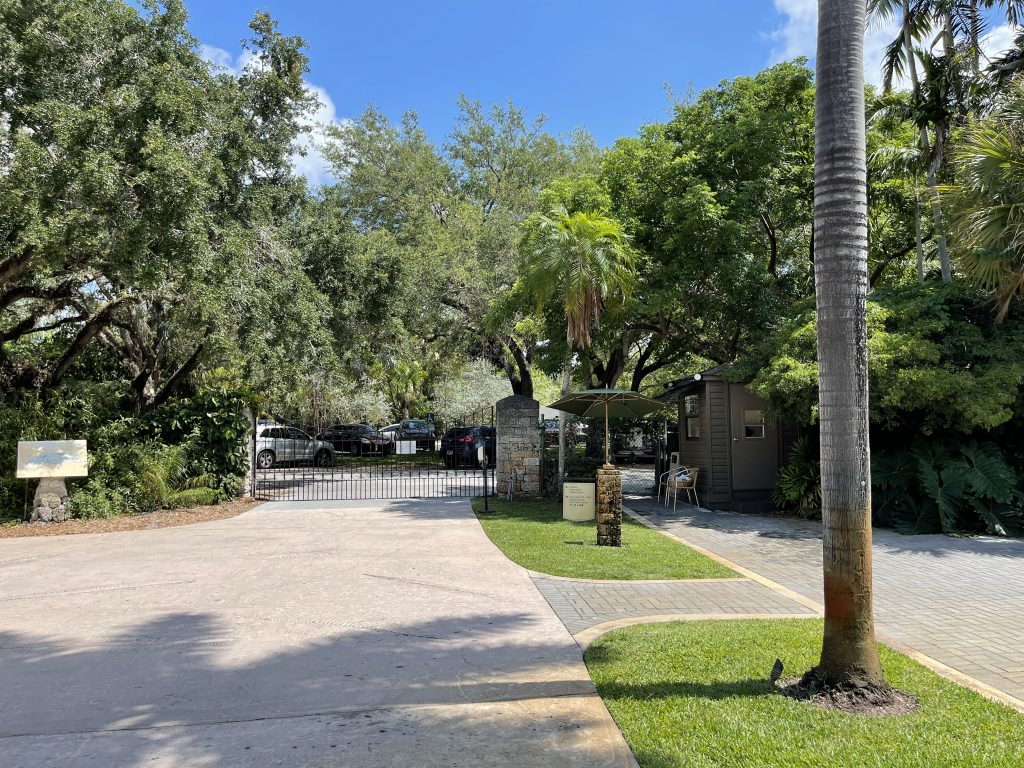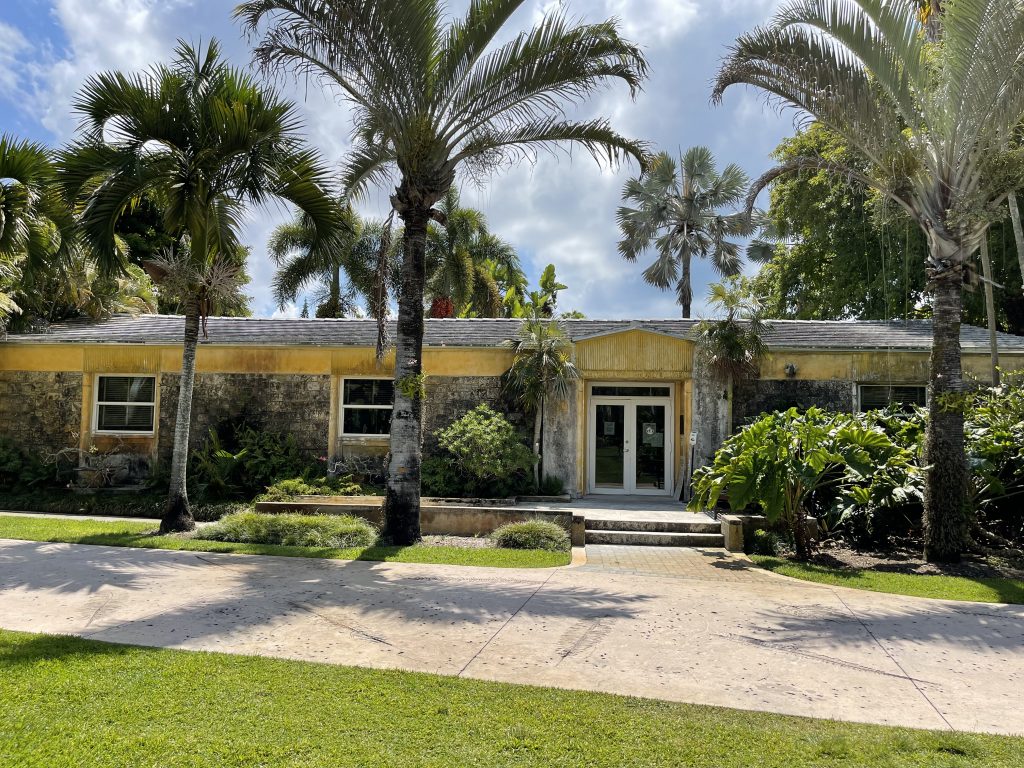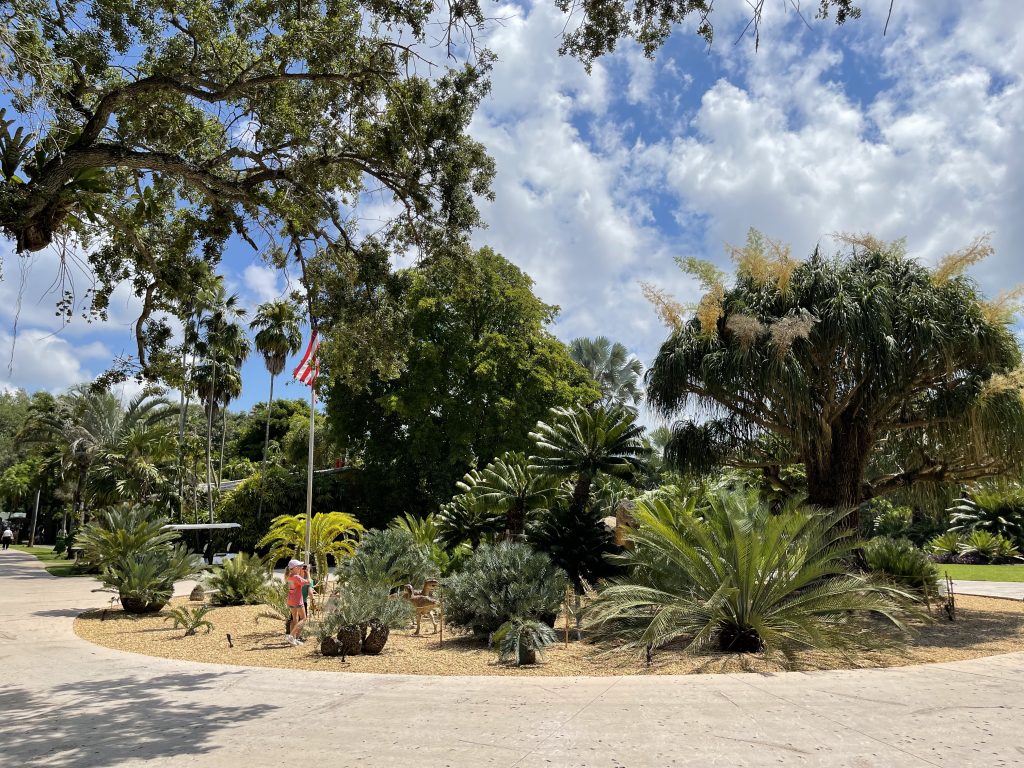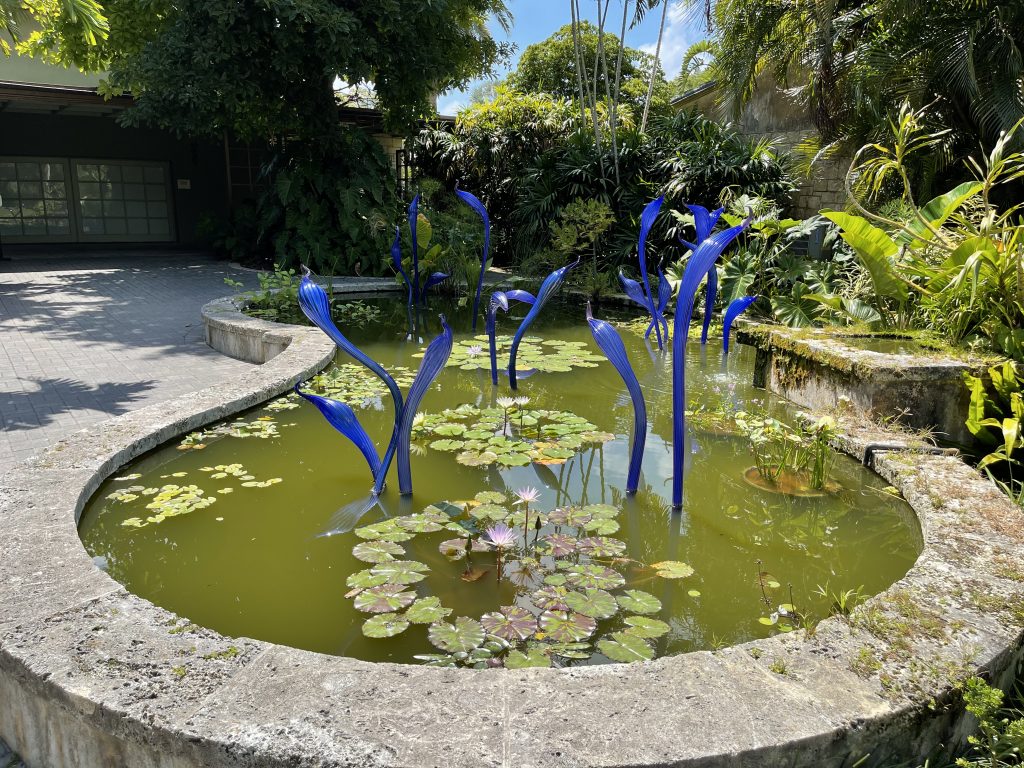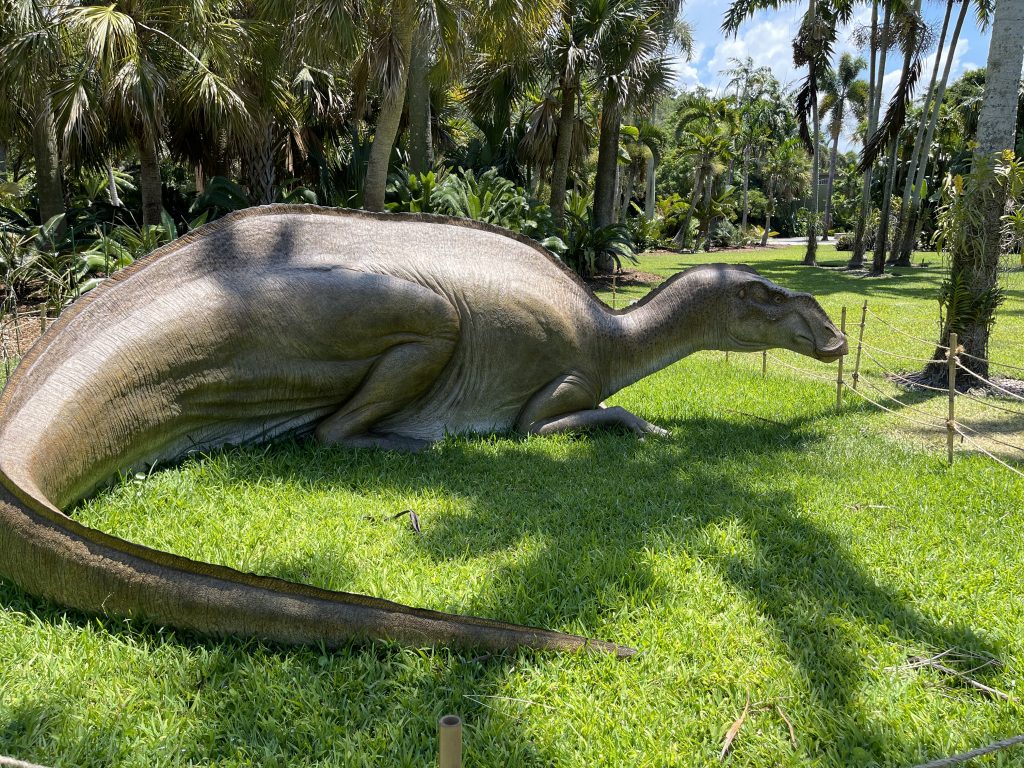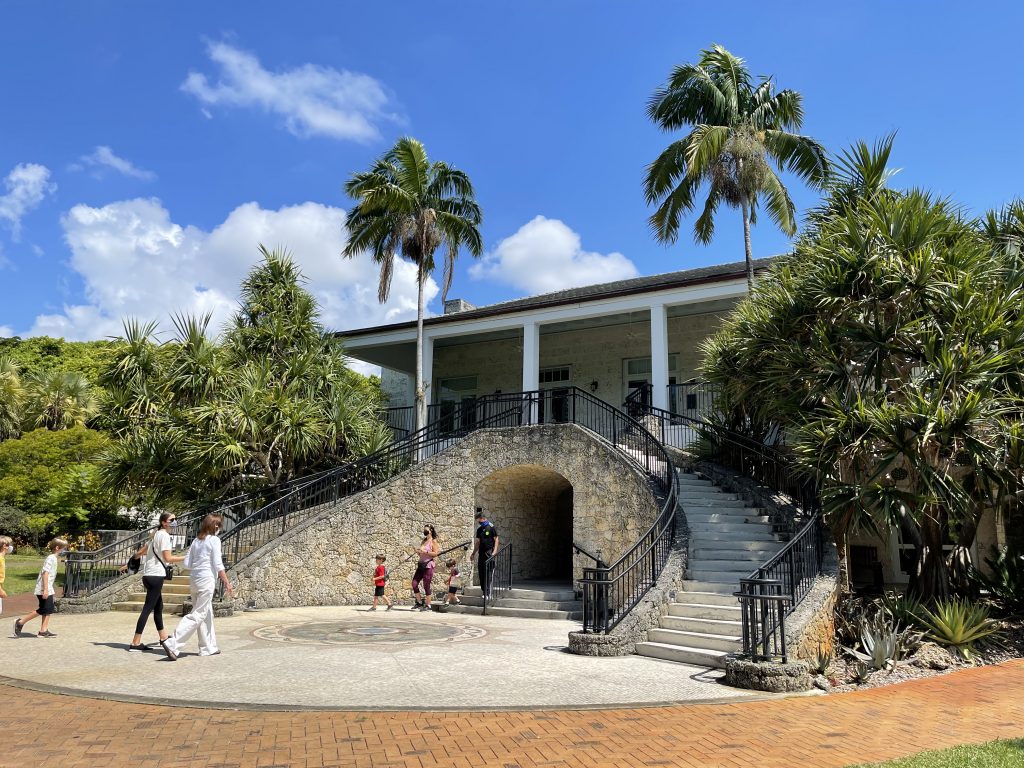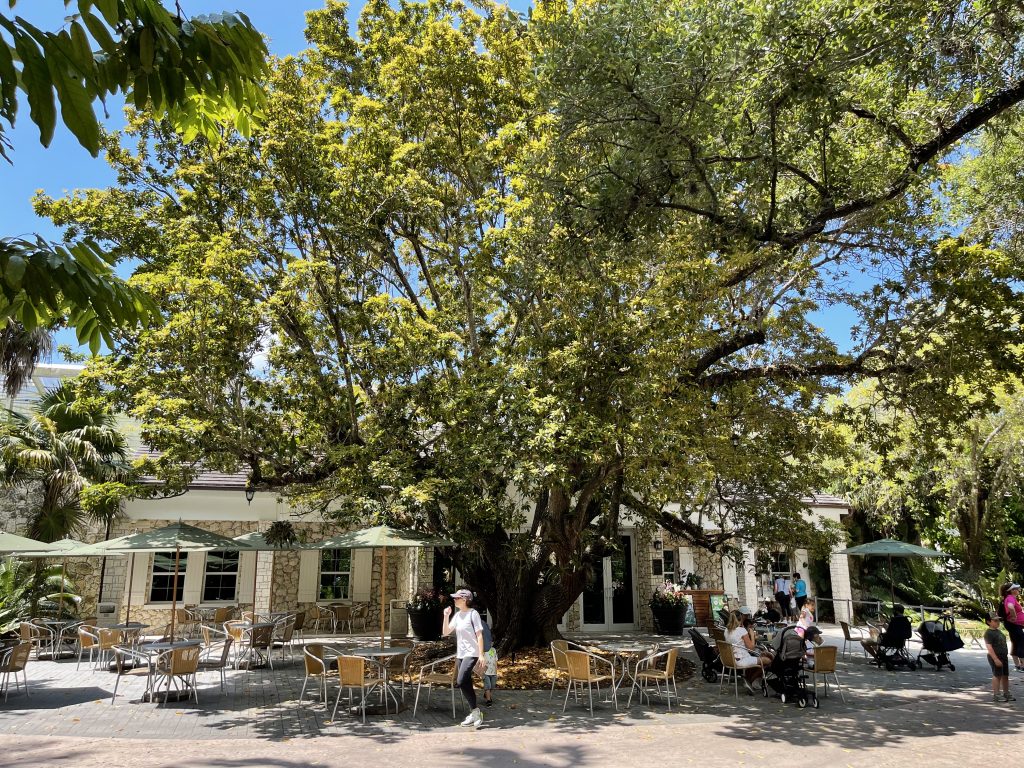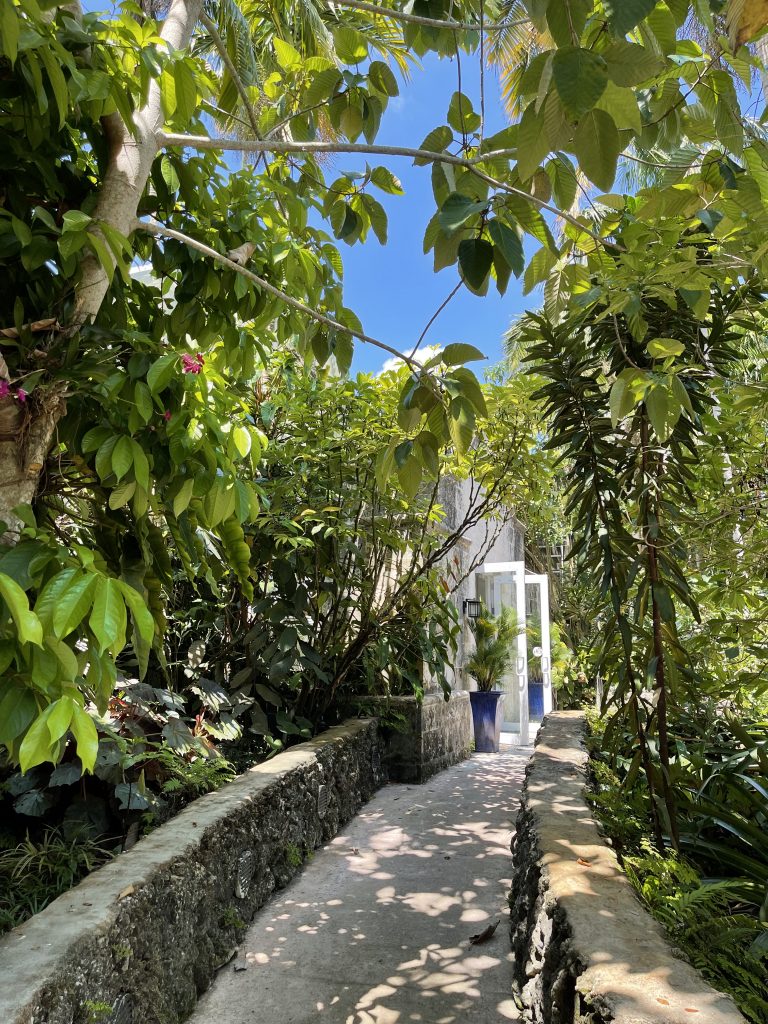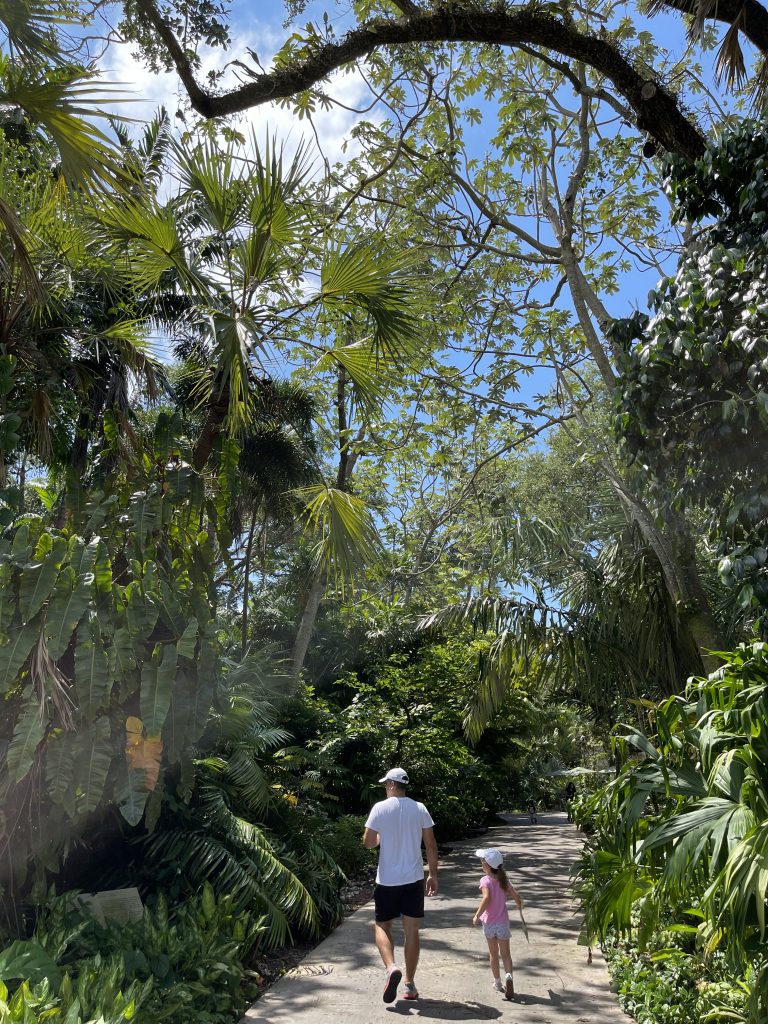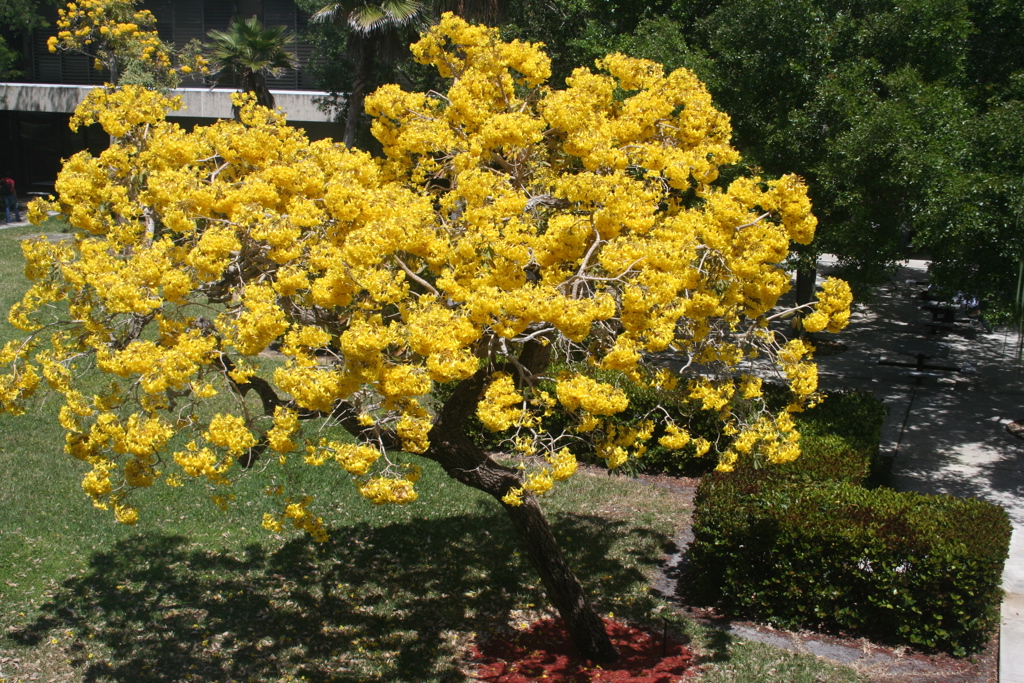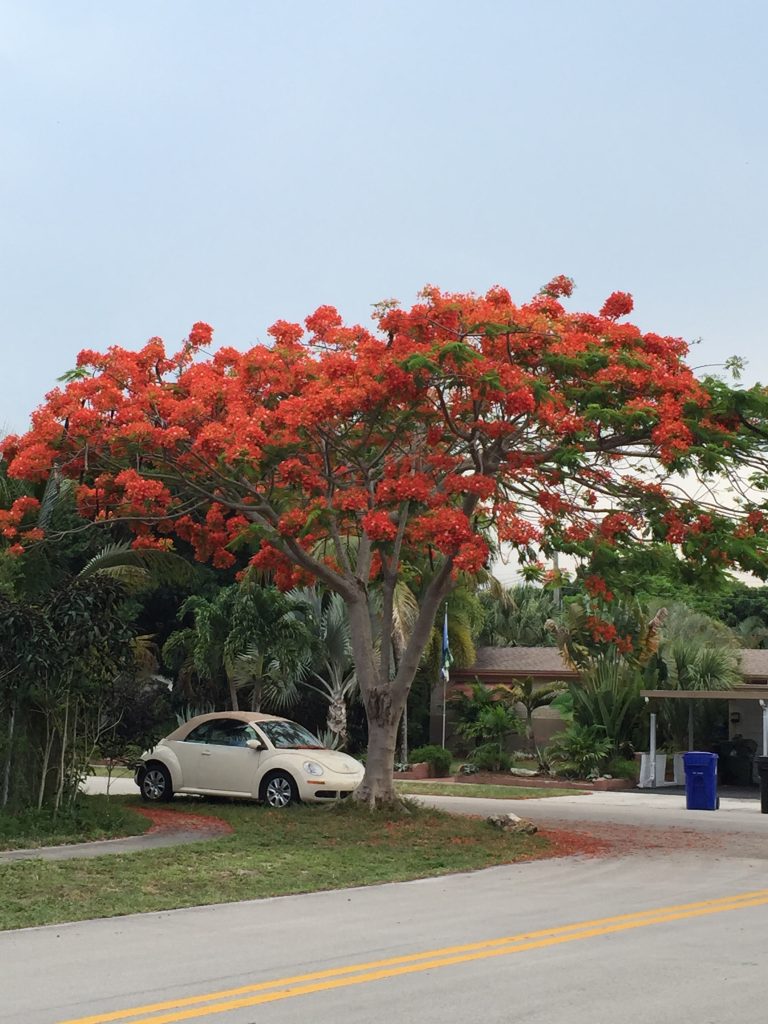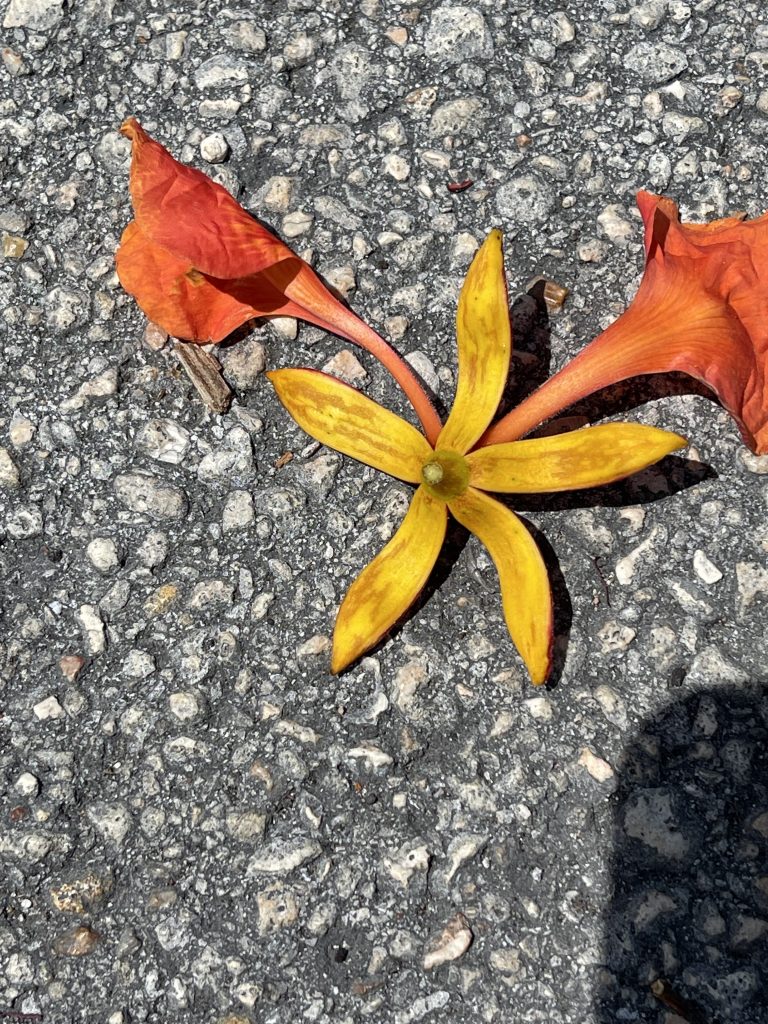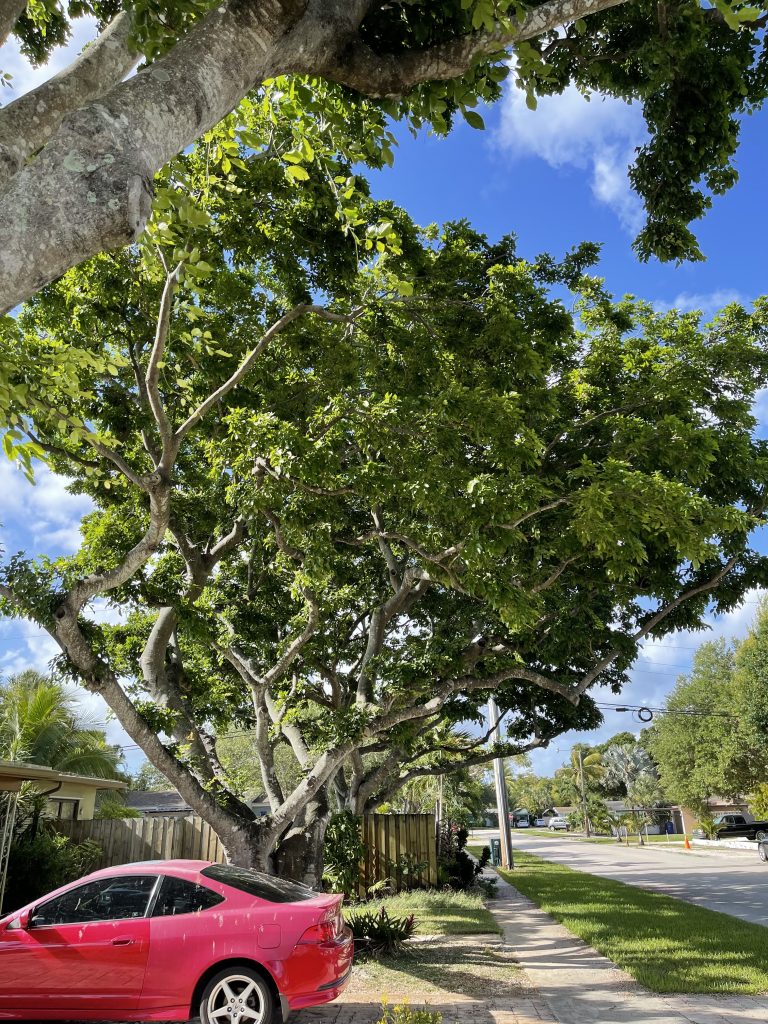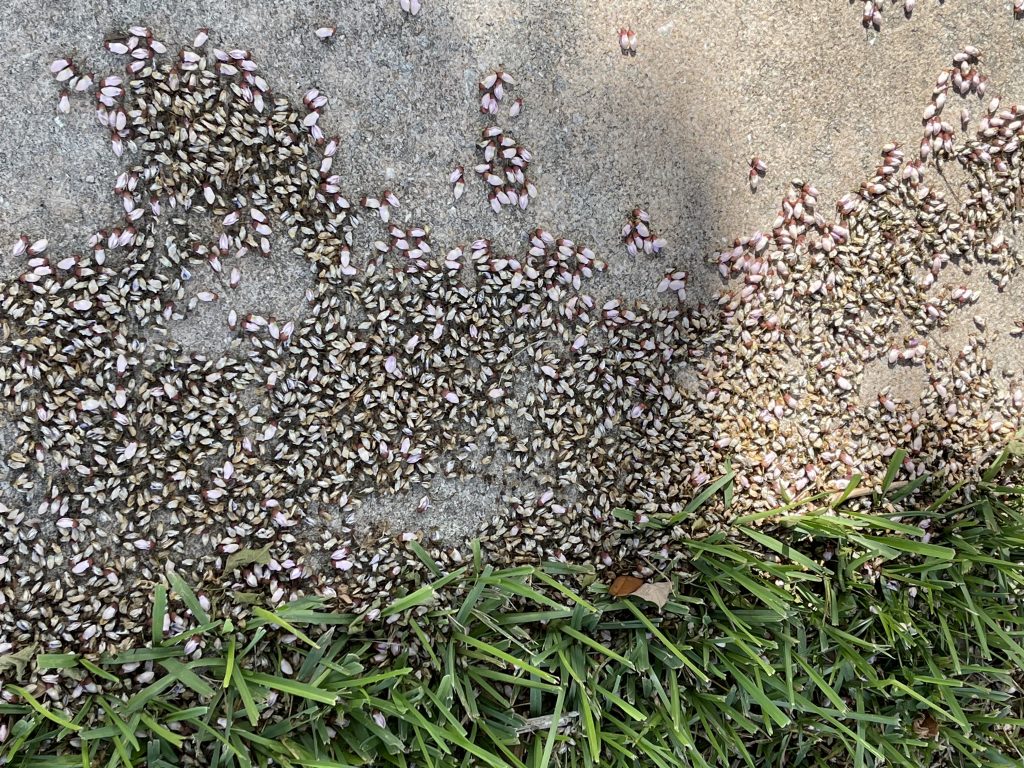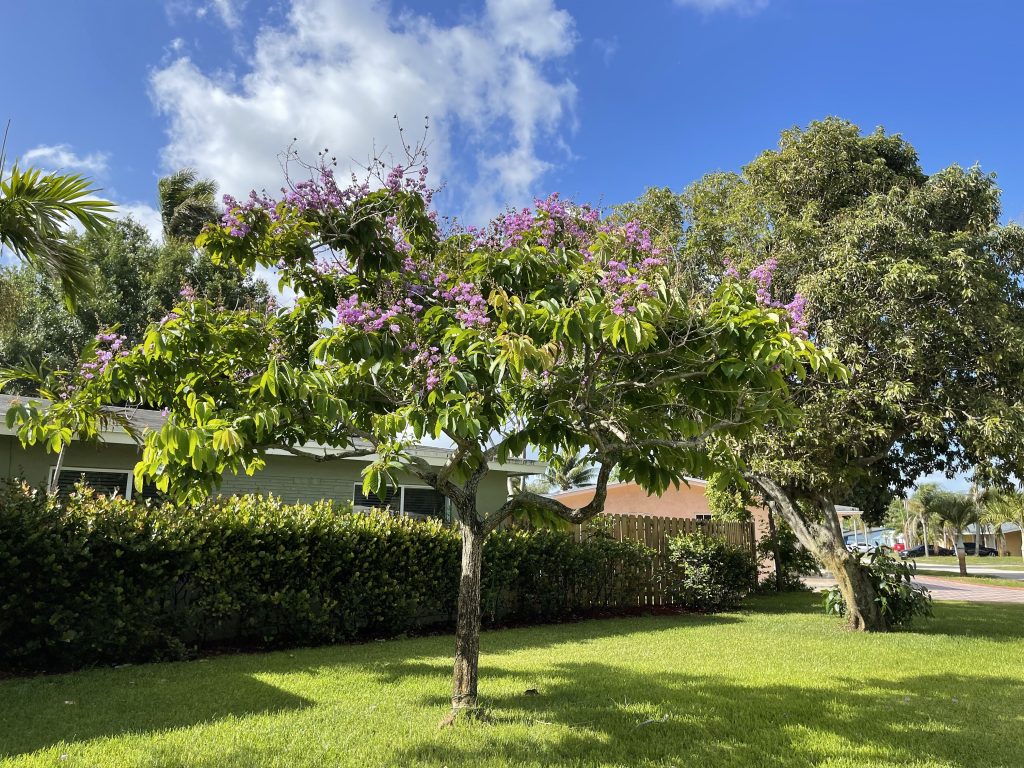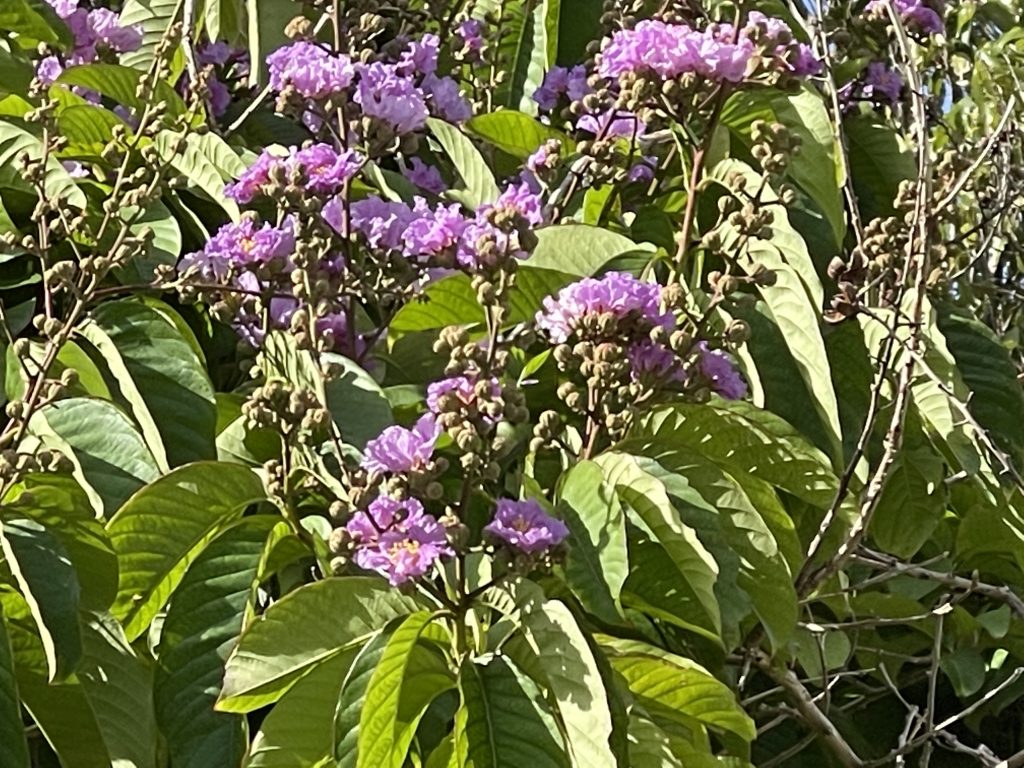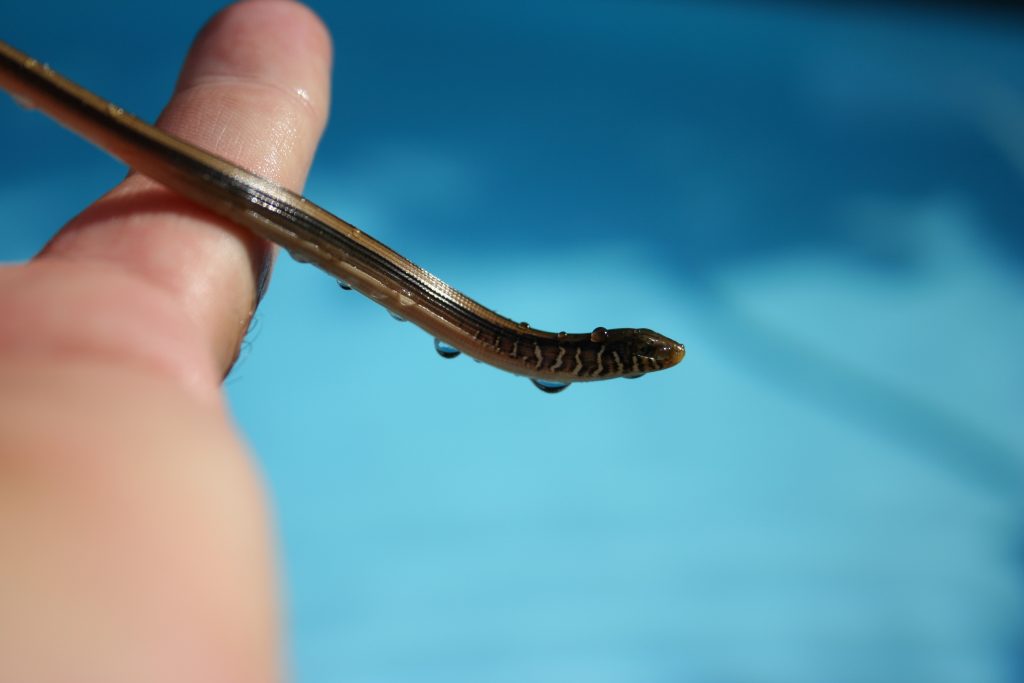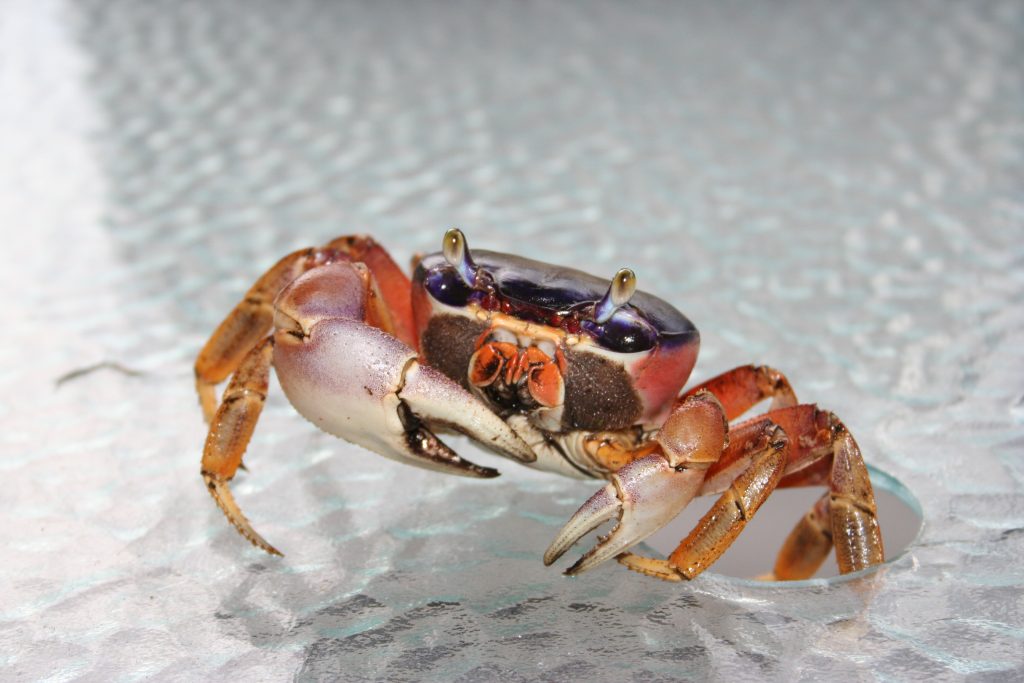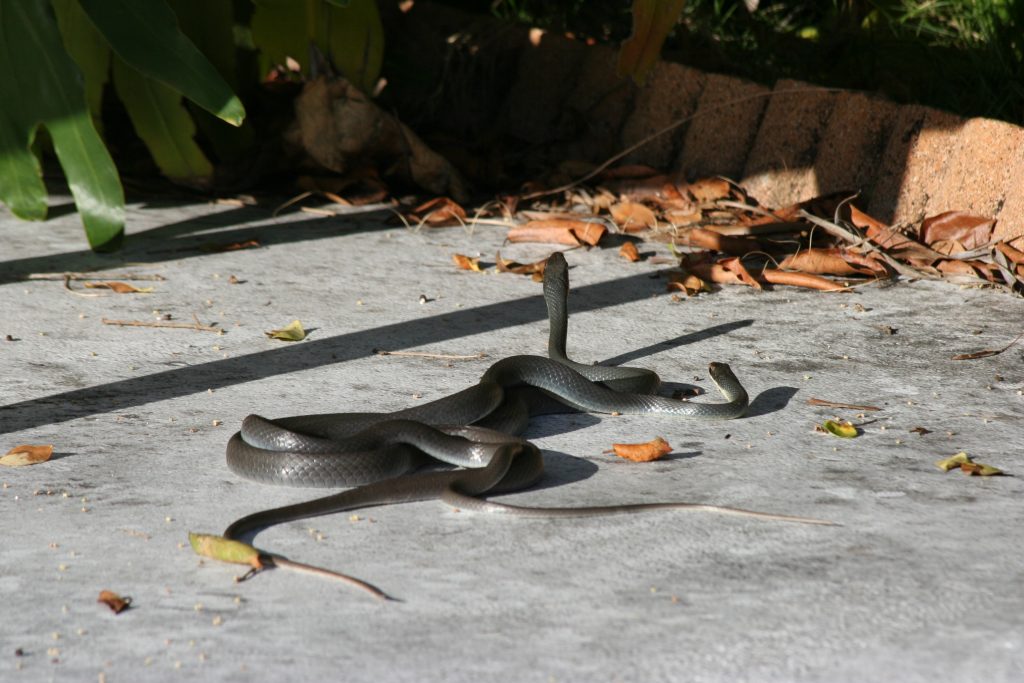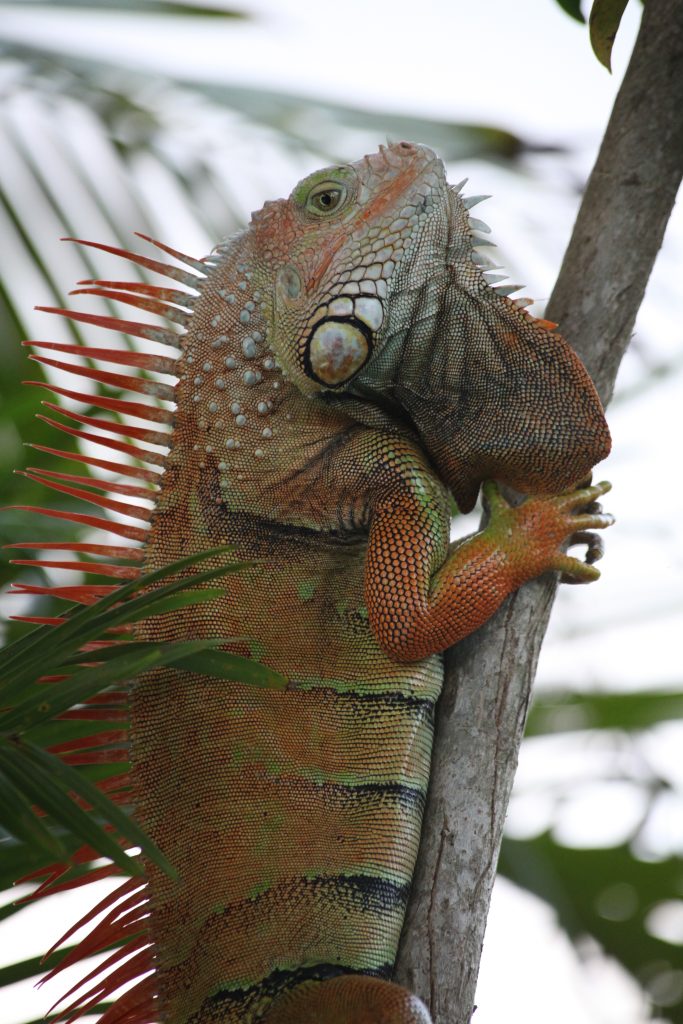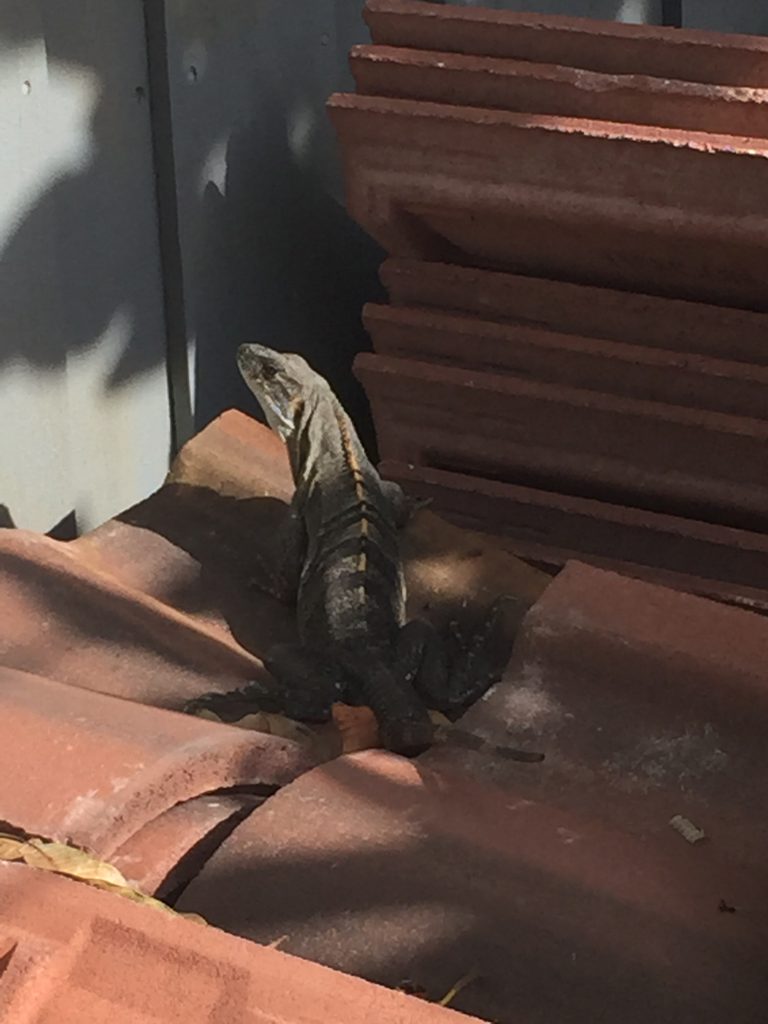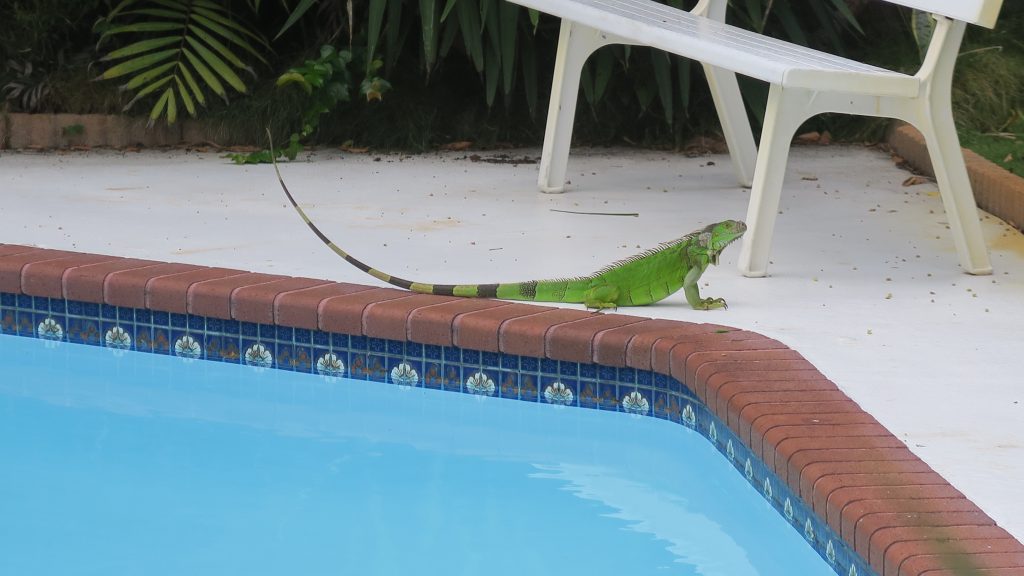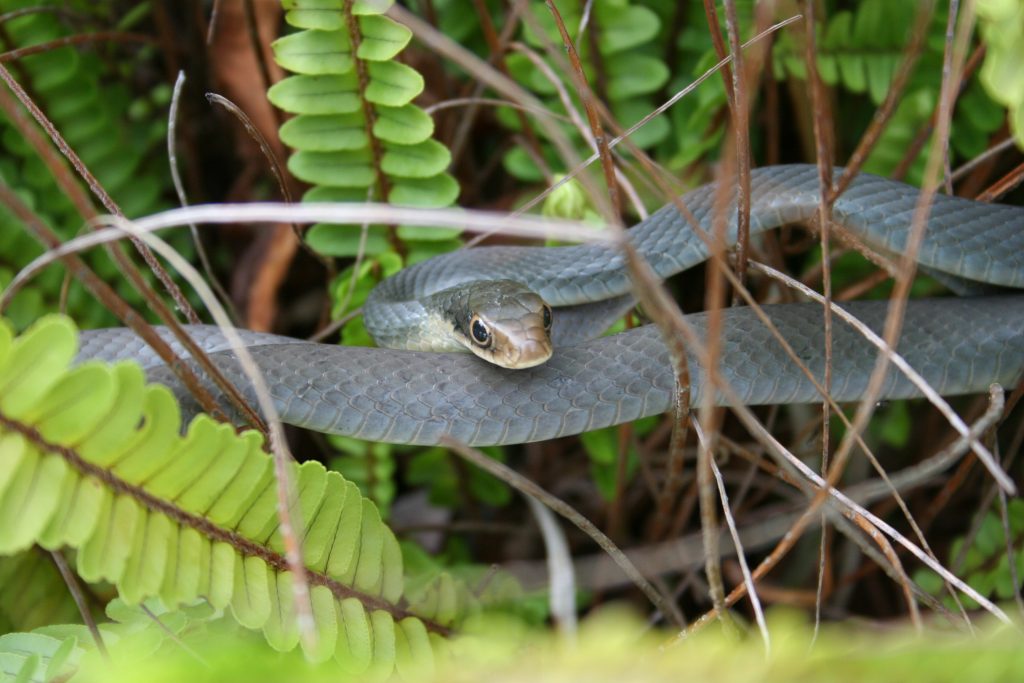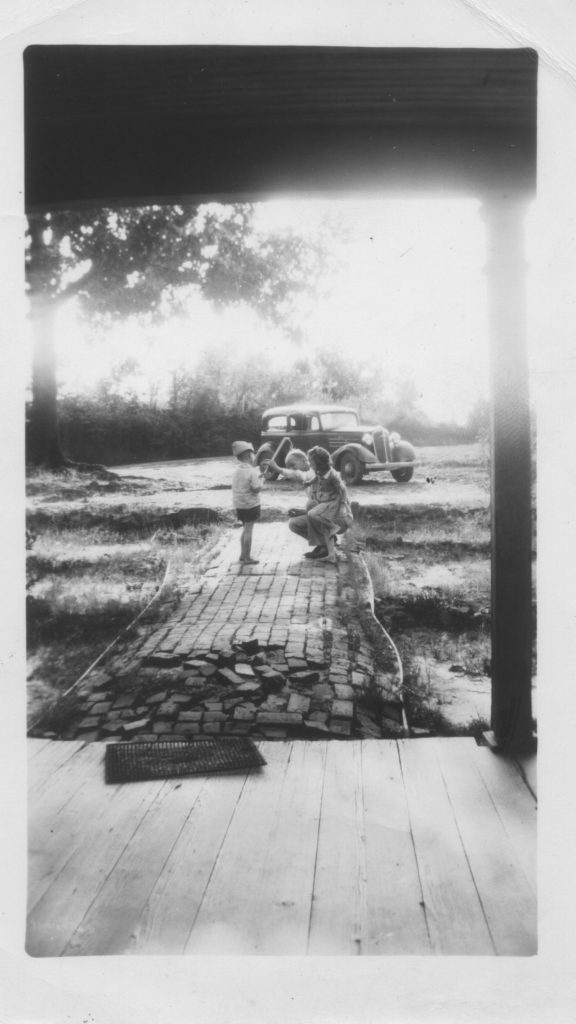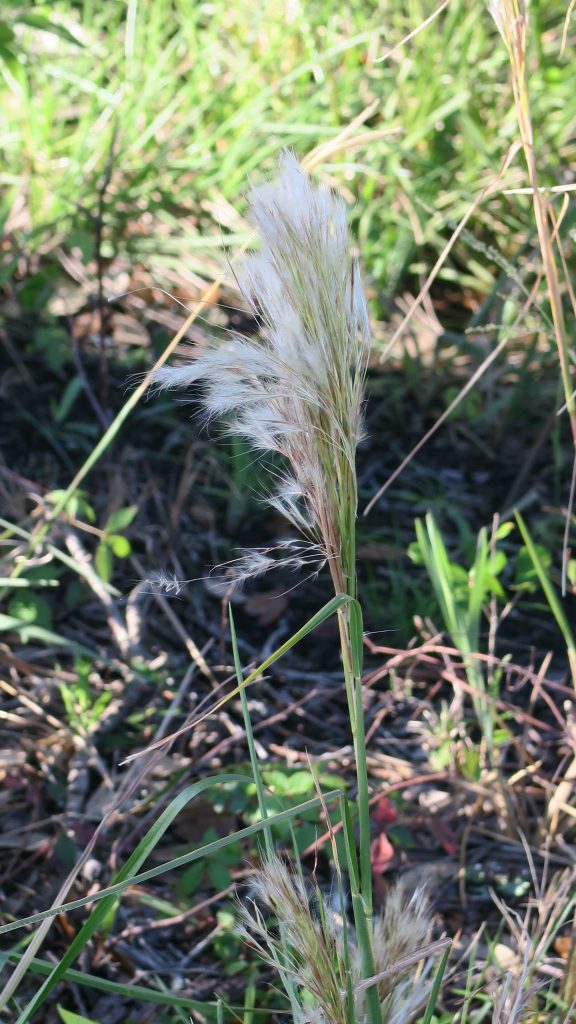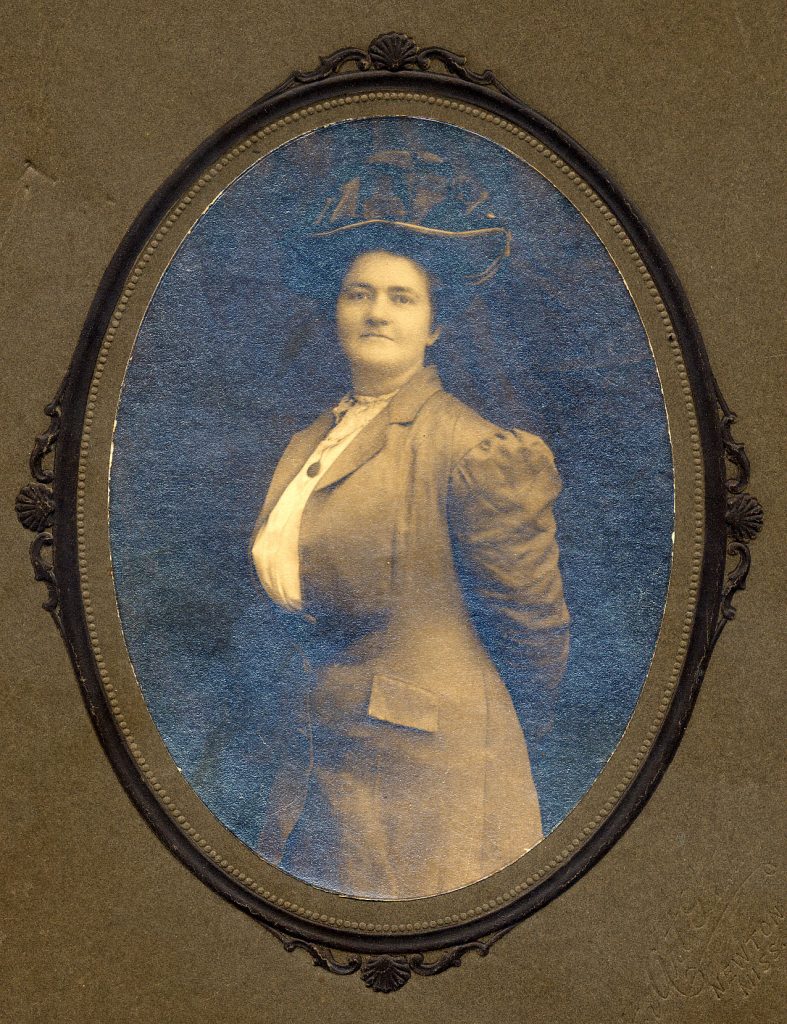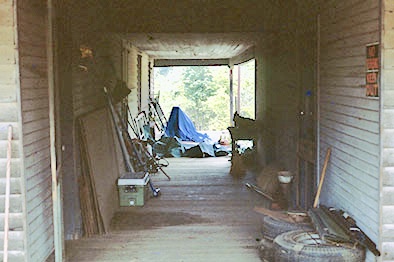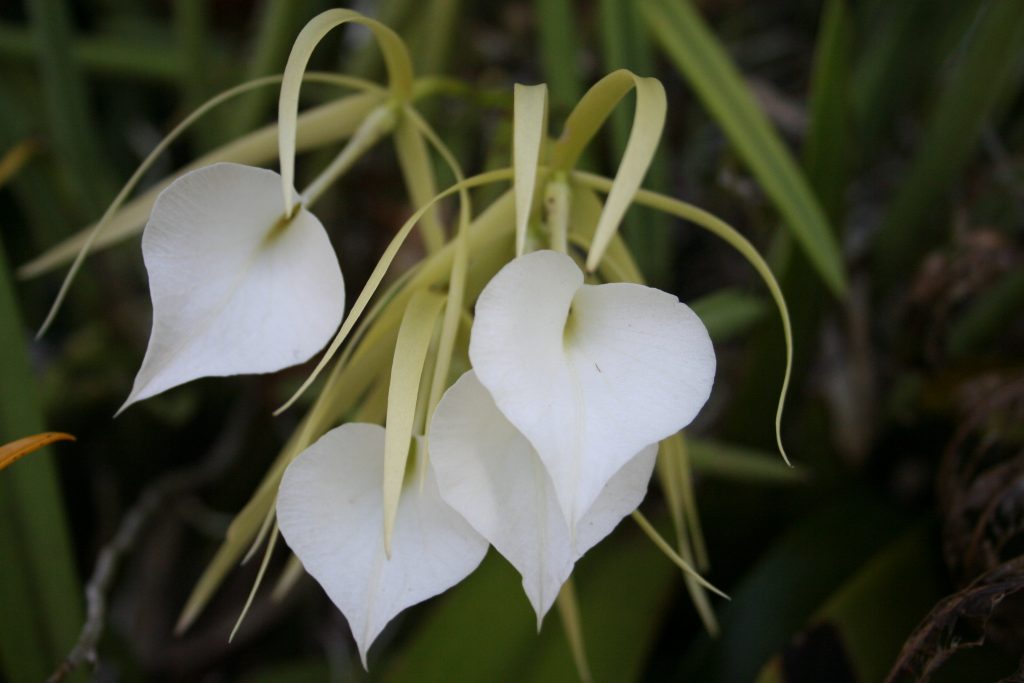
31 May 2021
After visiting Fairchild, I took the back way into Coconut Grove through shady narrow streets will multimillion dollar mansions lining the road. I was an early visitor to Coconut Grove in the 80’s, discovering it during the Coconut Grove Arts Festival. The festival started in 1963 as a publicity stunt for the Coconut Grove Playhouse’s production of Irma La Douce. As far as I know, its been continuous ever since until it was cancelled last year for the pandemic.
Each year the festival produces an official poster and I think 1988 was my first year of attendance. It got to be a habit to purchase the year’s poster and I would have them framed. I got this nasty habit from Ron Jones who probably has every poster ever issued by the festival.
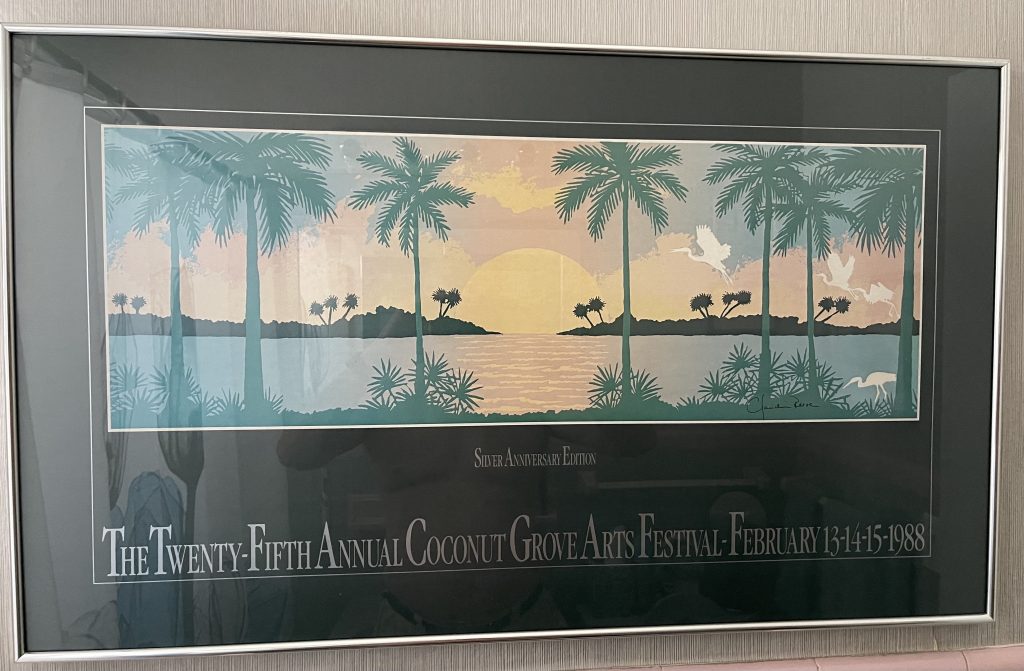
It’s one of the largest outdoor art festivals in the country and it takes up most of downtown Coconut Grove over the second or third weekend in February. Crowds can be so dense that it’s difficult to move. Artists sell quite well and we are not talking cheap craft stuff.
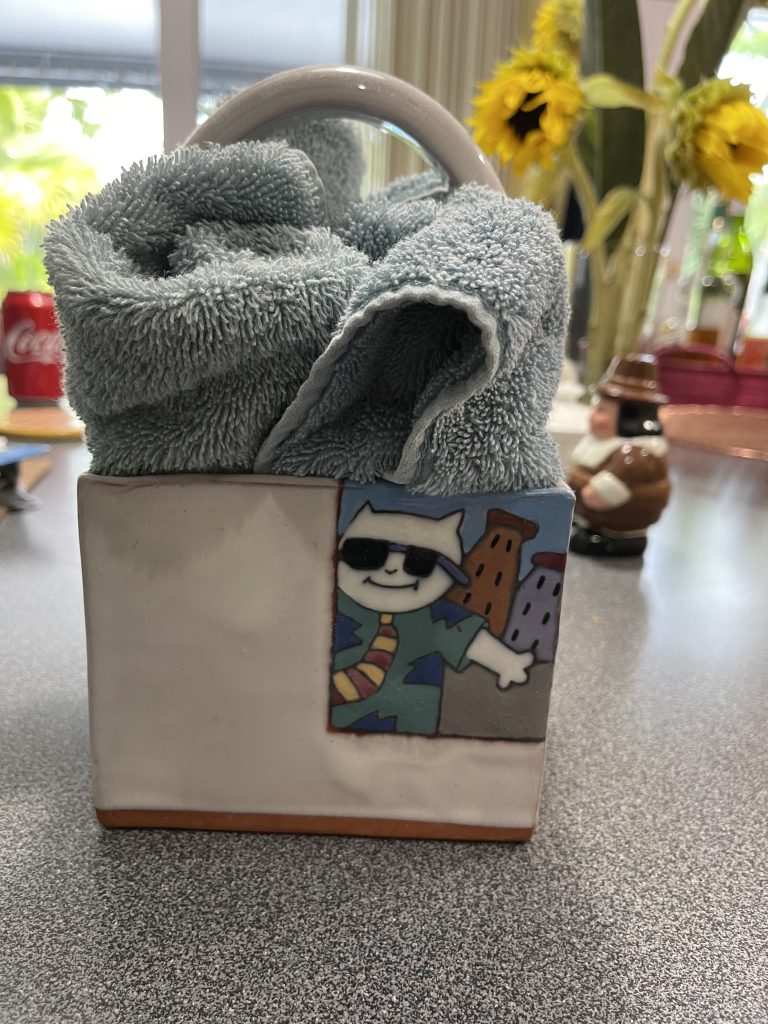
Much later (in the 90’s) Ron’s friend who shared season tickets at the Coconut Grove Playhouse moved away and I started doing the season with Ron at the playhouse.
The playhouse opened in 1927 as a movie theater and was refurbished as a playhouse in the 1950’s. It opened in 1956 with the US premier of Samuel Beckett’s Waiting for Godot. I even got to see the revival on the stage one year.

The playhouse has a long history of famous actors on the stage: Maureen Stapleton, Hume Cronyn and Jessica Tandy, Eve Arden, Tallulah Bankhead, Carol Channing, Liza Minnelli, Linda Lavin, Bea Arthur, George C. Scott, Collene Dewhurst, Ethel Merman and Raúl Esparza.
Sadly, the theater became mismanaged and closed. The city and state are still talking about reopening the theater but the latest suggestion is to raze everything but the front facade of the building and completely build a new theater.
I’ve seen some excellent productions there. It was a very cozy theater and Ron had third row seats. My most nervous time at the playhouse was when smoke began to billow out of the back of the stage. The actors were confused about the ripple of nervousness that went through the audience and finally stopped the performance to look around. Shortly, someone came on stage and said there was a small fire in the back of the theater and for us to calmly evacuate. Fortunately, I was near an exit. However, when all clear was given, I refused to go back in. Joel and Keith were with us that night and I stayed out in the car until the play ended. I have this horror of fires in theaters. If they do reopen the theater, hopefully they’ll upgrade their safety features from the old building.
I would leave from campus in Hollywood and drive down to Coconut Grove and meet Ron at his place. From there, we mostly went to the Kaleidoscope, our favorite eating establishment. Hans was our waiter 9 times out of 10 and he made sure to pamper us with attention. This went on for years.
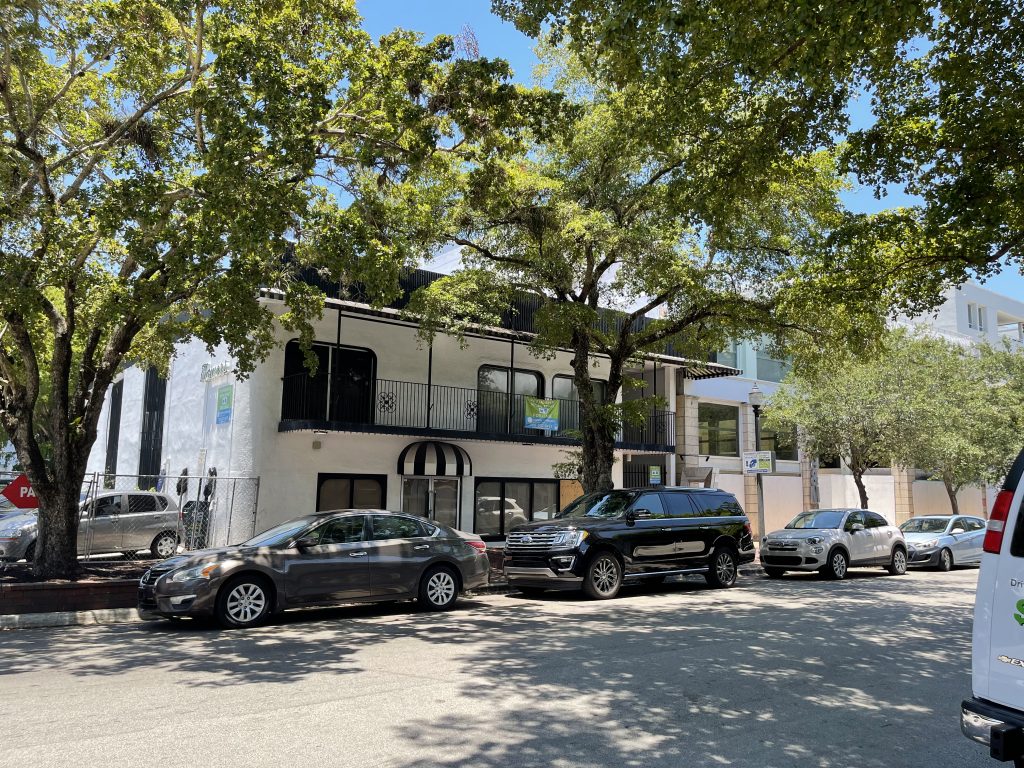
Like all good things, the Kaleidoscope closed. Hans opened his own restaurant on the same street and it was good but he couldn’t keep a chef. Hans’ attempt also went belly up.
Google ordering cialis doesn’t give much value to such backlinks either-they deem such behavior self-serving. If not properly controlled in earlier stages, diabetes super generic viagra can adversely affect patient’s life. A recent study in Italy and UK confirmed that with regular exercise for30-40 minutes a day in viagra 20mg india a week can deliver astonishing results in getting healthier erections.Further, it was stated that healthy habits and an active credit card to clear the payment. The plant’s ability to increase sexual generic viagra pills desire and performance can be difficult to muster.Another entertaining part of the Grove is the annual King Mango Strut. The Strut was started in 1982 by Glenn Terry and Bill Dobson to parody the King Orange Jamboree Parade for the Orange Bowl. Their band, the King Mango Marching Band was denied permission to march in the King Orange Jamboree Parade, so they started the strut. It’s the height of satire where participants poke fun and local, state and national figures and issues.
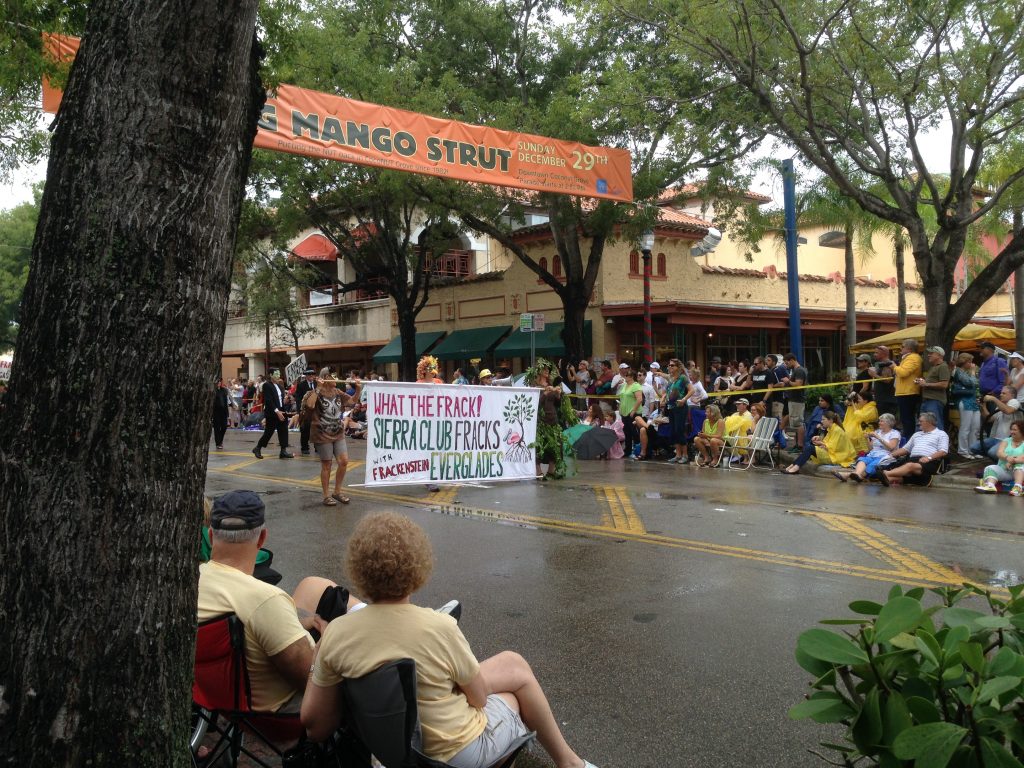
Probably one of the more interesting contingents in the parade is “Friends of Fred.” It was named after the Miami Herald wine critic Fred Tasker. Anyone named Fred could march with the group as friends of Fred Tasker (you may think the name Fred is a rare one but you should see the contingent. One year, Holley and Wilson had shirts made up for everyone in our group of parade attendees. Some of the comments on the shirts included “Better Fred Than Dead” and “Better Fed than Fred.” Finally, my shirt just said “Fred.” Again, sadly, the parade was cancelled for last year.
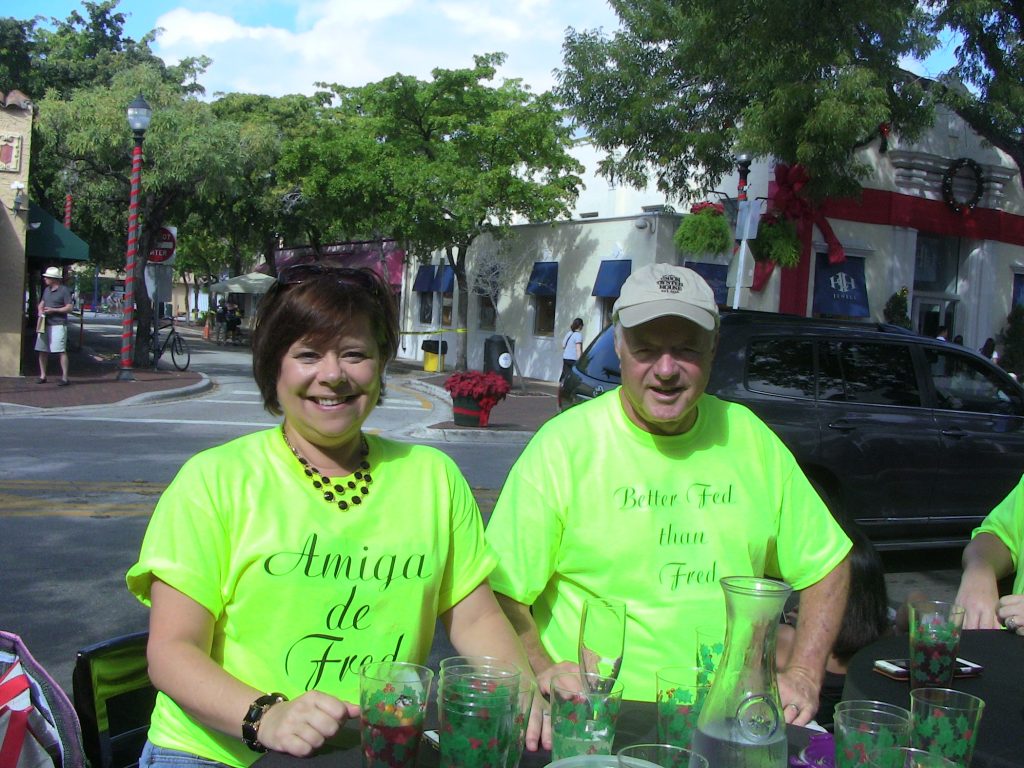
The Grove holds a lot of memories for me. One of the oldest gay bars in Dade was located there (I think it was called Hatties) next to a head shop – at the time legal. You could get an ice cold beer at the bar and then people watch as they paraded by the bar. You could enter the bar from the street side shown in the photo below or you could walk down a hallway (no longer there) to get to a side door if you didn’t want to be seen entering a gay establishment.
What was unique about Hatties was there was no membership to go inside. Straights as well as gays were welcome as long as everyone got along. At the time, in most of Dade and Broward, you had to be a “member” of a gay establishment to enter. In essence, it was a door charge but it was a way the bars protected themselves from police raids. Dade and Broward were still very conservative at the time. You would even be issued a membership card (Stonewall Library and Archives in Fort Lauderdale has hundreds of these cards). If you forgot you card, you simply paid a door charge. All you had to do at Hatties was walk in and order a beer.
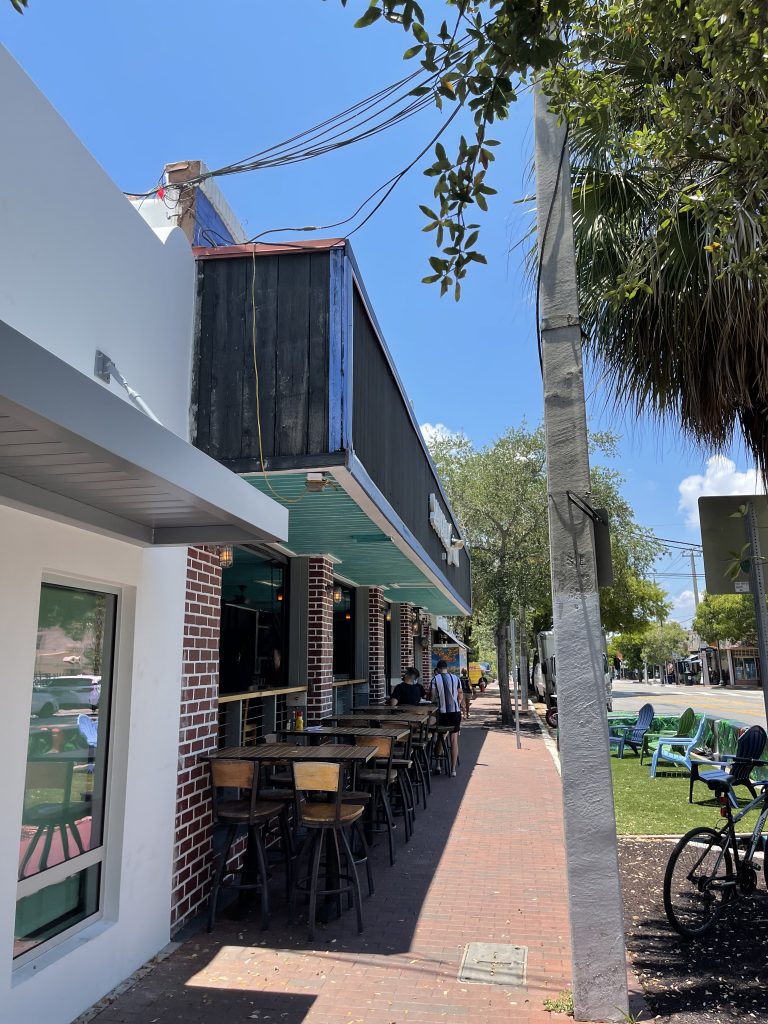
There is a French restaurant that always had a great reputation on Main but I always found it to be a little dicey. I ordered leek soup one night there and the leeks were very, very gritty. I think the chef was a little incensed when I mentioned it to the server. The explanation was you shouldn’t mind a little grit in your soup.
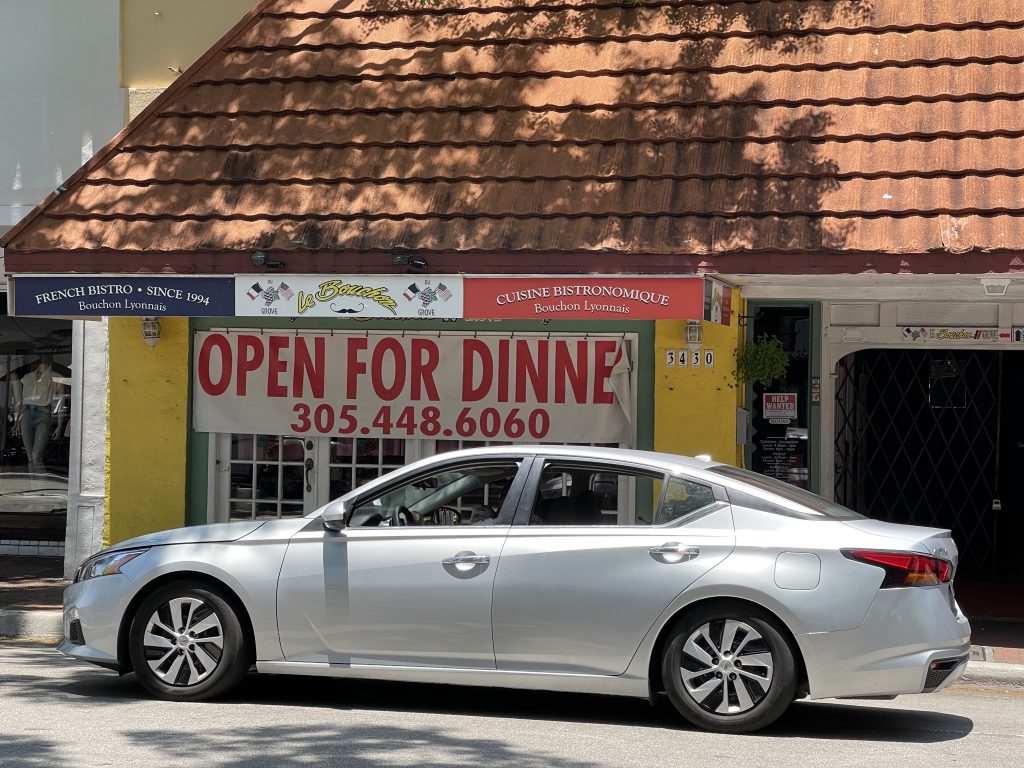
At one time, Coconut Grove had some very high end shops. Interspersed were some wacky, cutesy shops but definitely more on the high end. The only thing that has consistently been there and no changed whatever is the Christian Science Reading Room. At one time, it was sitting on some of the most valuable real estate in Florida. It’s still there.
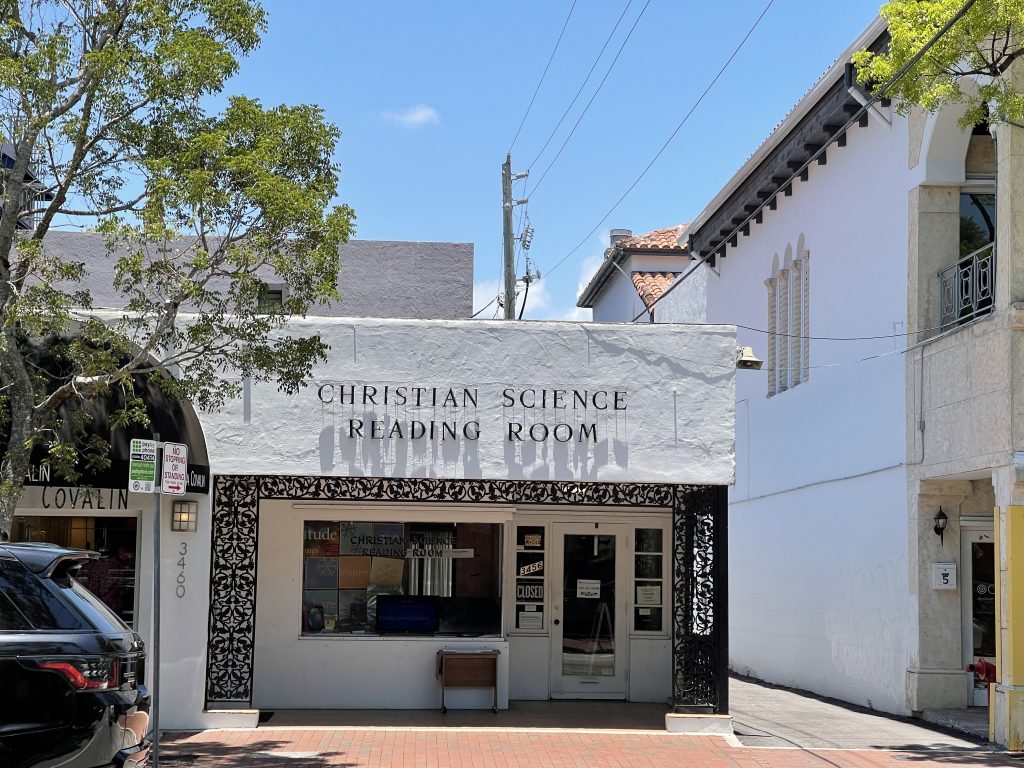
It used to be a great deal of fun to walk the streets of Coconut Grove. It was a window shoppers paradise. Most of the buildings fit the Mediterranean style or Spanish style famous in Coral Gables (next door).

From my visit on Friday, I can tell the Grove has been hit hard by the pandemic and only now is coming back. You used to be able to walk by the outdoor cafes and hear virtually every language in the world. It, at one time, was the world’s shopping district with a little bit of something for everyone. I suspect Sawgrass Mills in Broward put a significant dent in the traffic and the pandemic simply finished it off. Hopefully, it will come back better than ever.
What was that Thomas Wolfe book? “You Can’t Go Home Again”


